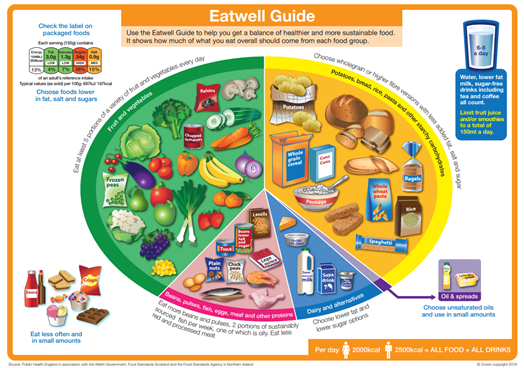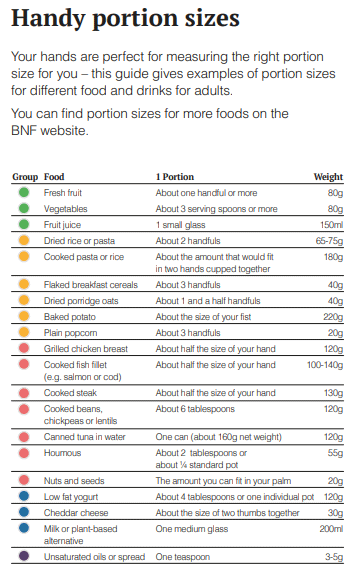
The importance of nutrition in Schools:
A strong school catering offer is fundamental to fueling learning and developing a positive relationship with food and drink amongst pupils and students. Providing delicious meals that appeal to pupils and students is imperative, but what’s just as important is ensuring every meal is well balanced and packed with nutrients.
In this article, Clare Megeney – Senior Nutritionist at Chartwells, the leading UK education catering company, answers our questions on this crucial area:
- What is a healthy & balanced diet?
- Vegetarian & plant-based eating patterns
- Key nutrient focus for children & adolescents
- Exercise & mental wellbeing
So, what is a healthy balanced diet?
A healthy balanced diet consists of multiple varying factors; balancing your pupils’ carbohydrates, fruit and veg, dairy and protein intake is essential. Too much of any food is unhealthy for you, no matter how green it may look. A school can’t necessarily prepare for what a child will eat when they go home, but by focusing on healthy meals during their lunch/break period you can contribute positively to their nutrition.
Below you will find an Eatwell guide provided by the NHS that covers all the essential, nutritional areas you need to focus on:

A lot goes into a balanced diet, and it is part of the reason why it has become such a difficult task to maintain in a school’s catering contract.
From this Eatwell guide, an analysis was performed, commissioned by Public Health England that showcased if we were to all take up this diet, not only the nation’s health would improve, but there would be a 32% lower environmental impact on the planet as well. This takes into account the impact on greenhouse gas emissions, water and land usage. The health benefits associated with this analysis highlight an equally large impact, estimating that if we all worked towards the Eatwell guide in the UK, that by 2026 there would be 780,000 fewer new cases of type 2 diabetes alone.
Through understanding the monumental impact schools can have on students’ health, you can start to make more social value-focused changes in your contracts, to benefit everyone long-term.
But how do dietary requirements fit into this? And can plant-based eating help your school?
Plant-based eating has had a stratospheric rise in popularity resurgence over the last few years and has become a much more accessible and acceptable diet. Vegetarianism is cutting out all meat from your diet, however dairy and eggs for example are accepted. A vegan diet is only plant derived food, no food from any animal sources at all.
While plant-based is often associated with a vegan diet, it is important to understand that it doesn’t necessarily mean eating only fruit and veg based products. It is more focused on introducing more plant-based meals into the diet. There are obvious benefits to a plant-based diet that can affect children, providing it is a well-planned diet.
By introducing more plant-based meals into your schools, it helps students and pupils achieve the balance of the Eatwell guide, while also providing key missing nutrients and minerals that a higher consumption of beans, grains and fruits brings. Examples of these include:
- Vitamins – A,D,E,K (fat-soluble) & C,B and folic acid (water-soluble)
- Minerals – necessary for building strong bones and turning the food you eat into energy
What are the most important nutrients for children and adolescents?
The pupils and students in schools will require different nutrients when compared to teachers, in order to facilitate and improve their growth. Some of the most vital nutrients and vitamins children need in their diets are the following:

- Fibre – Improves digestive health
- Vitamin D – Facilitates bone, teeth and muscle health
- Calcium – Facilitates bone, teeth and muscle health
- Iron – Increases health of blood and immunity levels
- Vitamin C – Improves Body Cells and healing levels
- Vitamin A – Increases eye health and immunity levels
- Omega 3 – Improves brain health
It is important to note, teenage girls are especially at risk of low iron. One of the leading symptoms of this is a feeling of tiredness, having a knock-on impact on their productivity during school. It’s a simple fix – include iron rich foods within the school meal plan and make vitamin C readily available, through a variety of fruits and vegetables to help absorb that added iron into the diet.
Equally important, however, is portion sizing. Unfortunately, there isn’t a simple guide detailing portion sizes for children aged 4 -16 mainly because an adolescent’s body will grow in spurts uniquely from one another.
For schools, there are the Schools Food Standards to adhere to regarding proportions of food going from Key Stage 1 through to Key Stage 4. A range is provided for portion sizes including a minimum and maximum for guidance.
A handy guide for parents is the BNF’s Handy Portion Sizes chart, detailing a base guideline of food portions by using hand measurements:

How does all of this come into play to affect overall physical and mental wellbeing in students though?
Nutrition is only a piece of the puzzle when it comes to pupils’ physical wellbeing. It is recommended that children get 60 minutes of physical activity a day for good health. This doesn’t have to be all in one go, however, you could split up six 10-minute breaks throughout the day to ensure they get the physical activity needed.
Linking with physical wellbeing, is mental wellbeing – exercise positively impacts our mental health and throughout the pandemic 80% of young people and children have said that their mental health has deteriorated. Mental wellbeing has a severe impact on students’ scholastic ability, so while nutrition and physical wellbeing is important, schools can group them together to achieve improvements across all three aspects.
What’s the best way to do this? Through cooking.
The cooking doesn’t have to be a particularly difficult recipe, something as simple as making pizza dough and topping it with ingredients would be enough. It also has cross-curricular benefits, such as:
- Maths – Improves counting cognitive abilities through following recipe requirements.
- English – Reading skills improve through understanding recipes.
- Life Skills – hand eye coordination and practicing of fine motor skills can improve.
Cooking is a skill a student can use throughout their entire life – long term benefits.

What resources are available?
Chartwells offers the Super Yummy Kitchen; aimed at children and families, this resource was written by the registered nutritionists and culinary teams at Chartwells and is available for free via Instagram, Youtube and Facebook. If you would like to get in touch with Chartwells to see if they can help you further, don’t hesitate to contact them here.
Now is the best time to rethink your catering contracts, so you can make sure nutrition levels are a key KPI going forward. That focus may involve changing supplier. As easy as it is to stick with the same supplier, to remain public sector-compliant you must go through a tender process!
Make sure your schools get the most out of your suppliers, use Education Buying’s Catering DPS to get value for money and social impact in your new contract, all while ensuring high quality, nutritious food is being delivered to your pupils. Find out more here!





